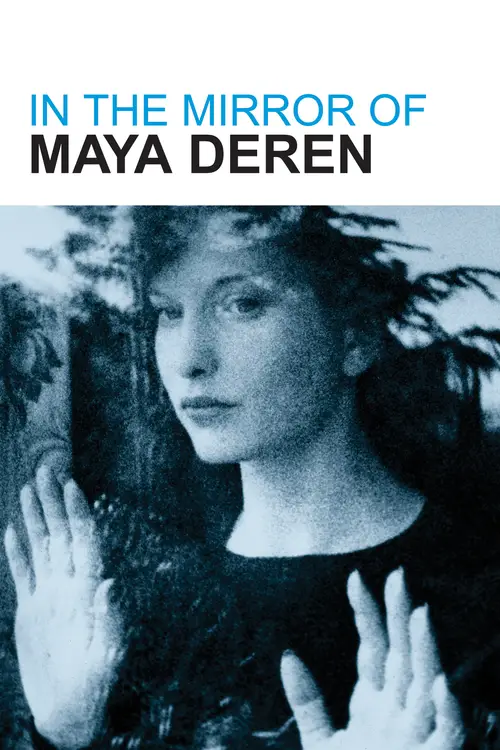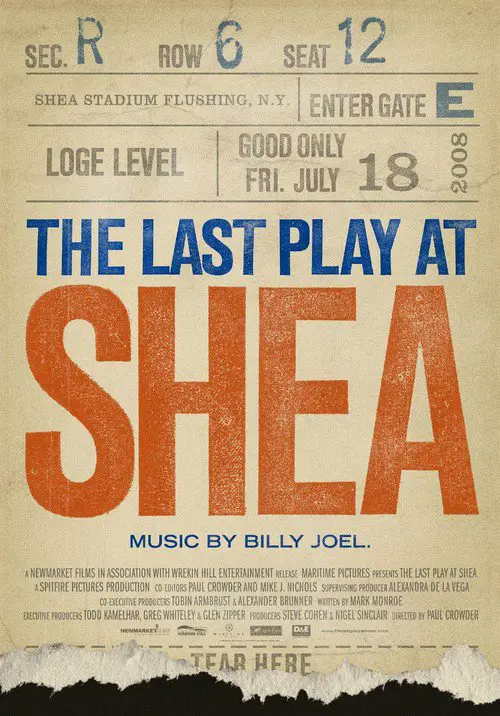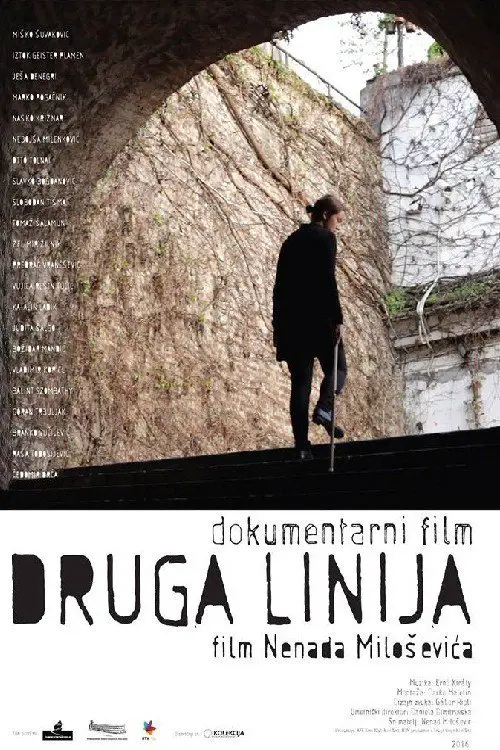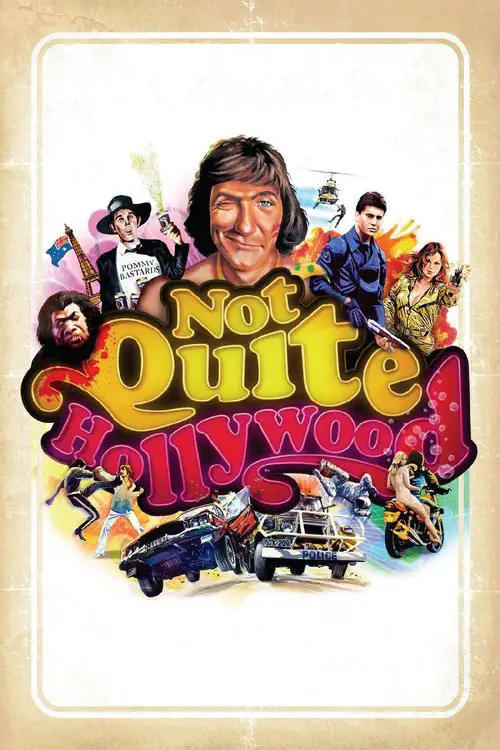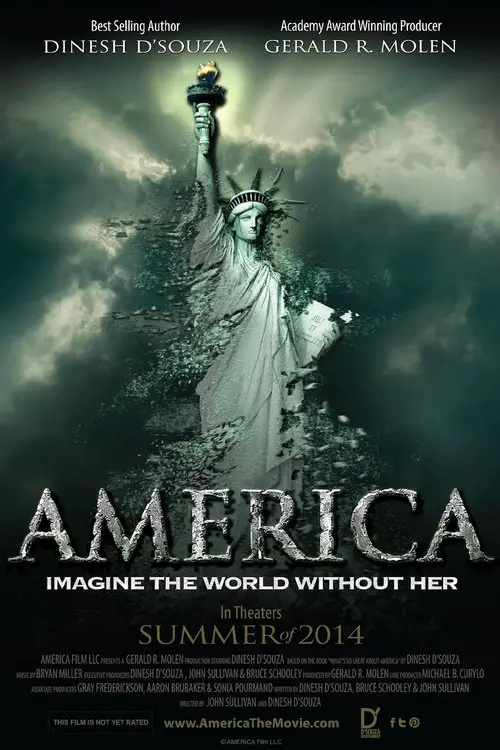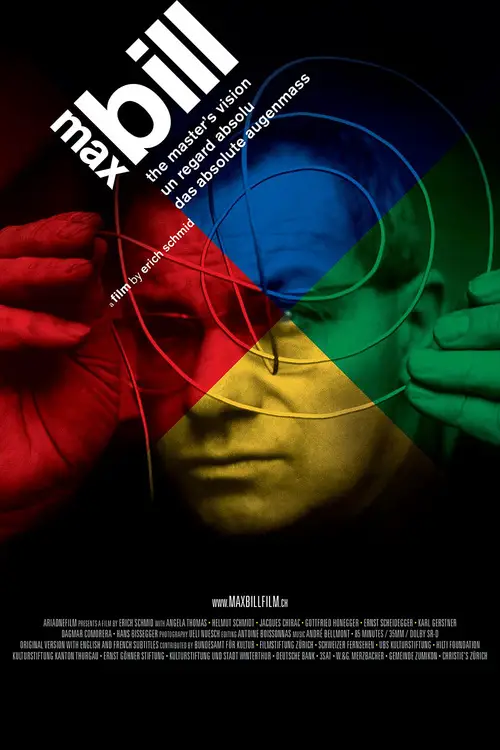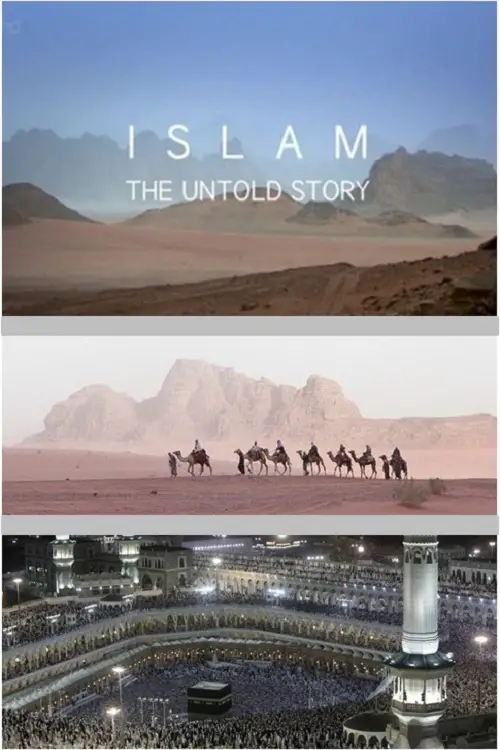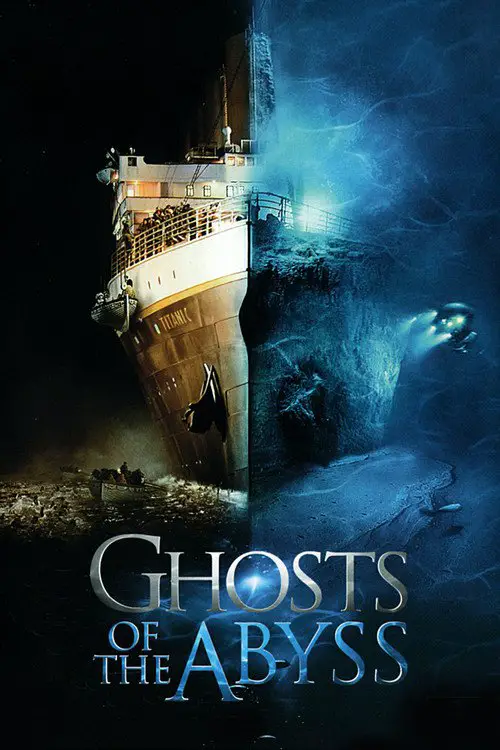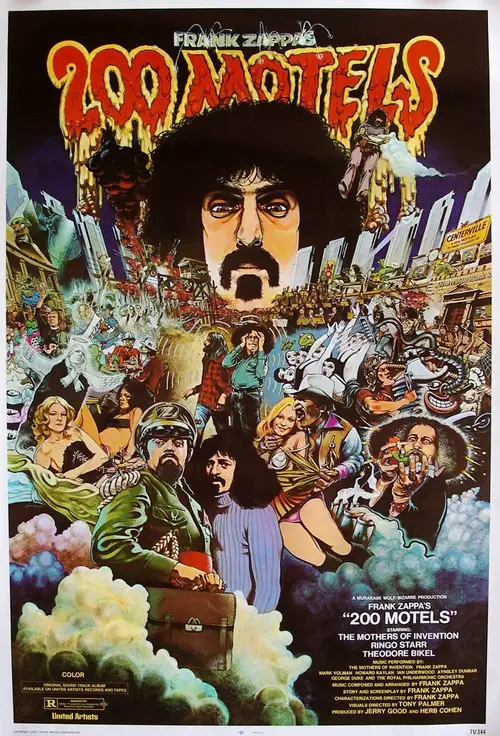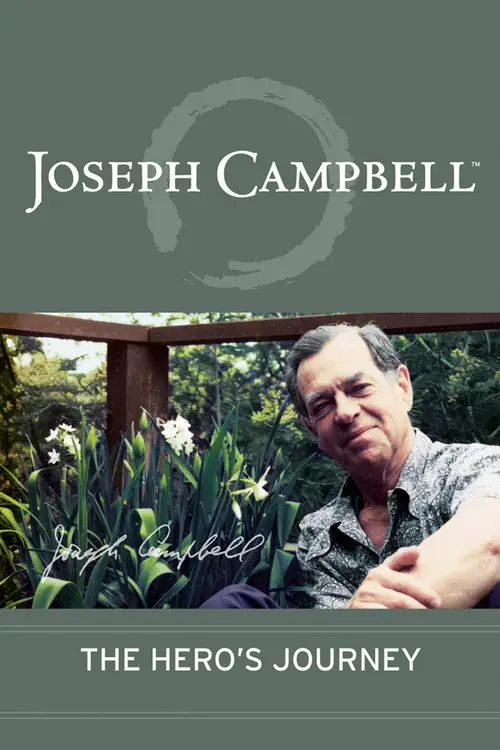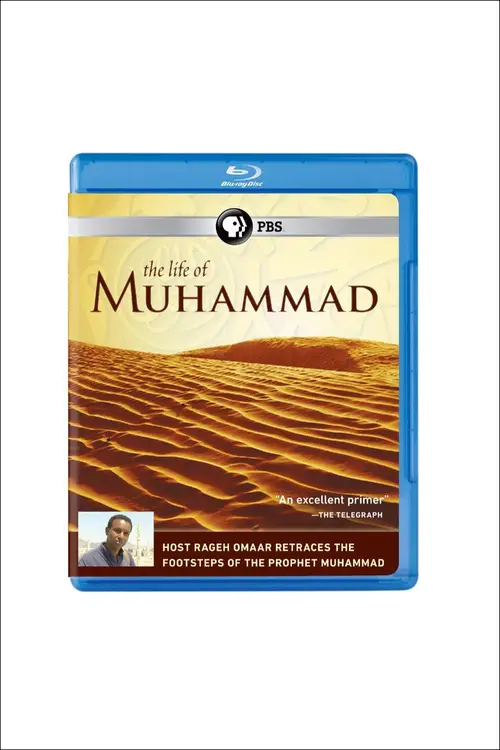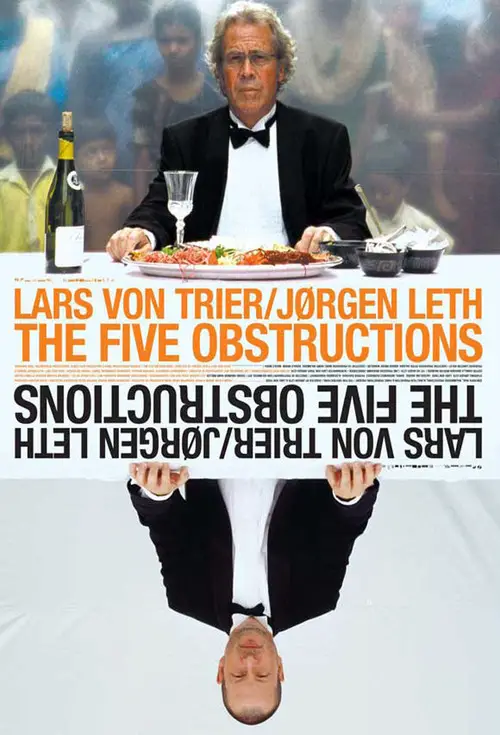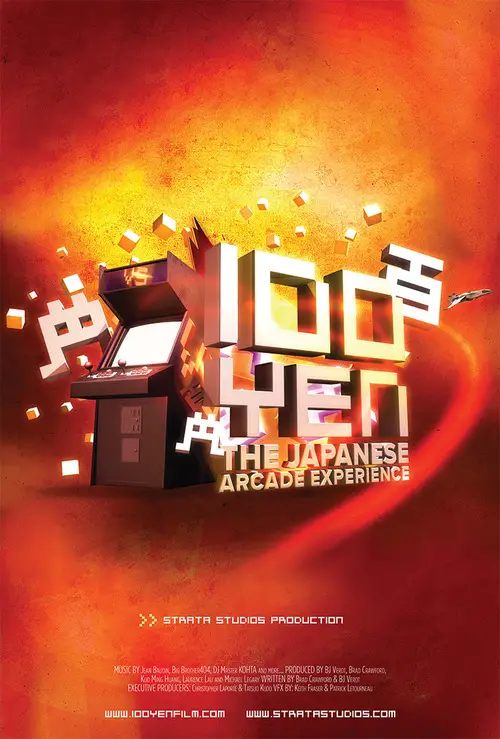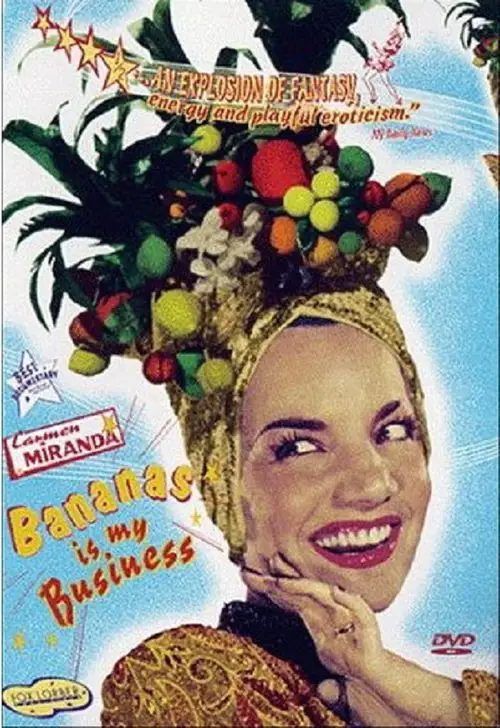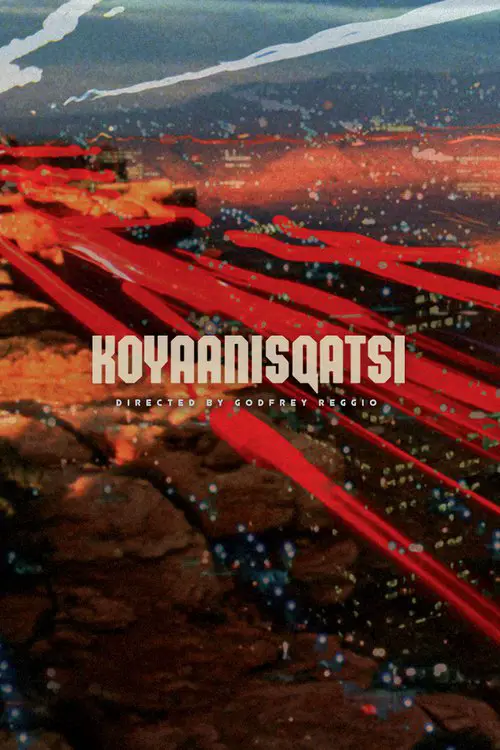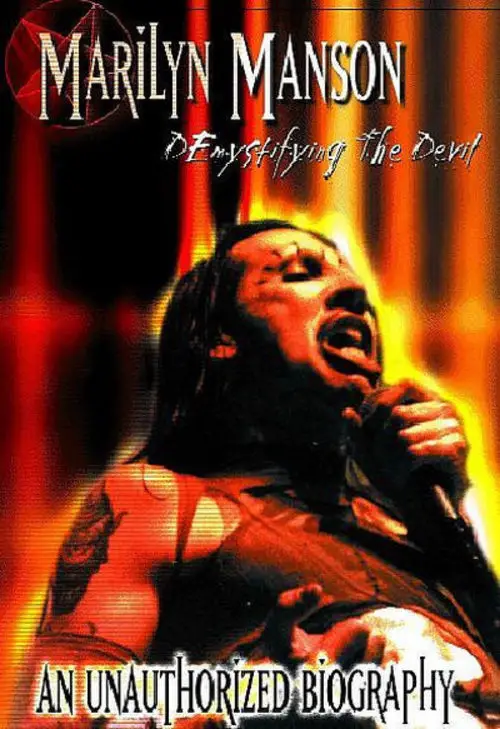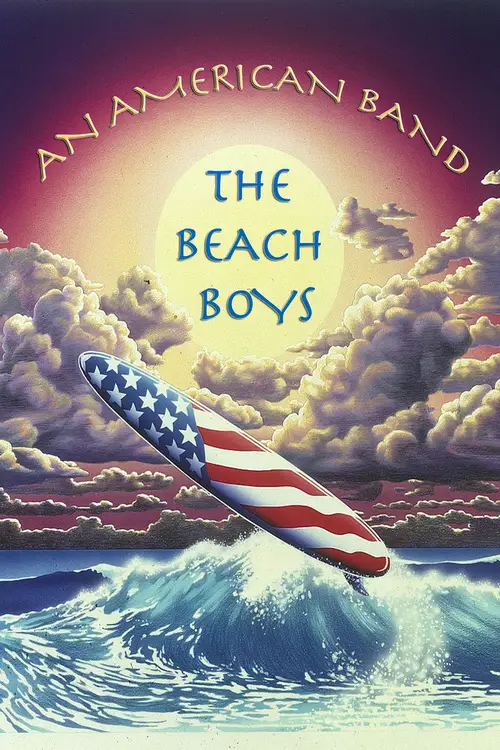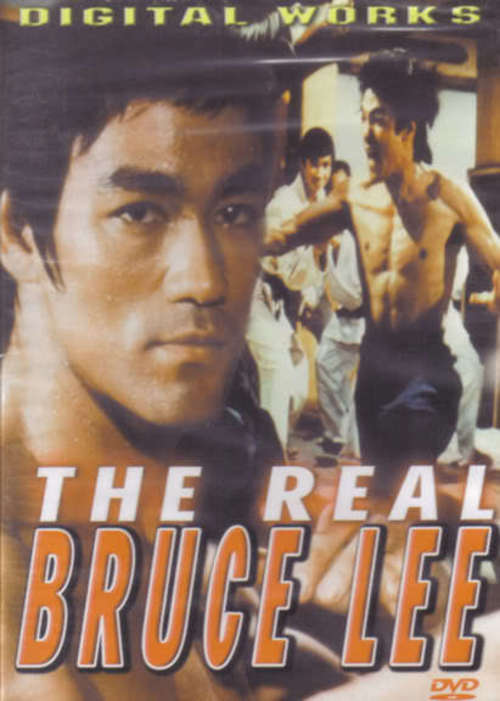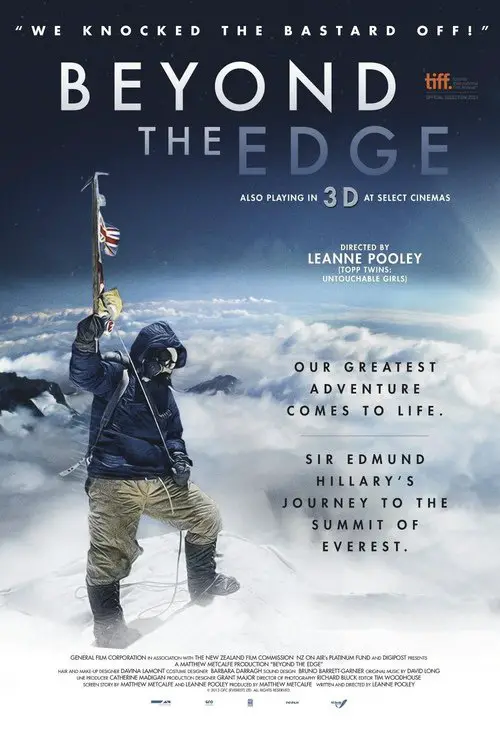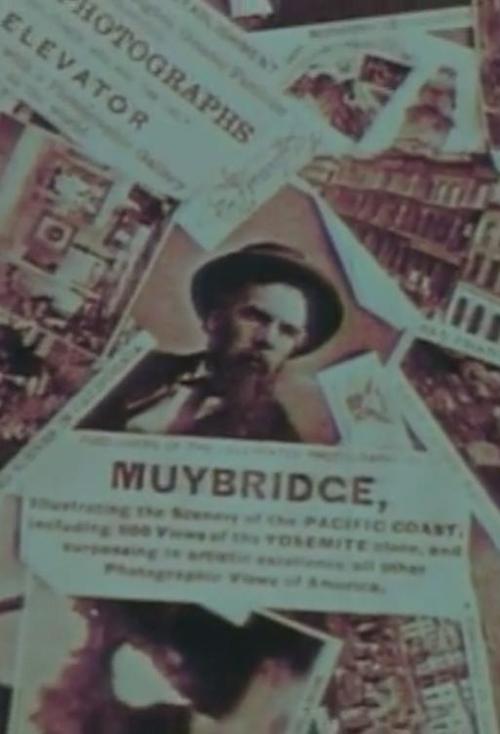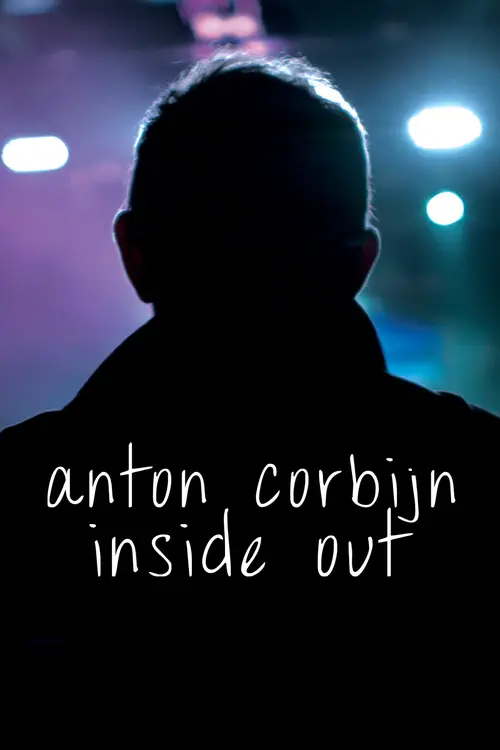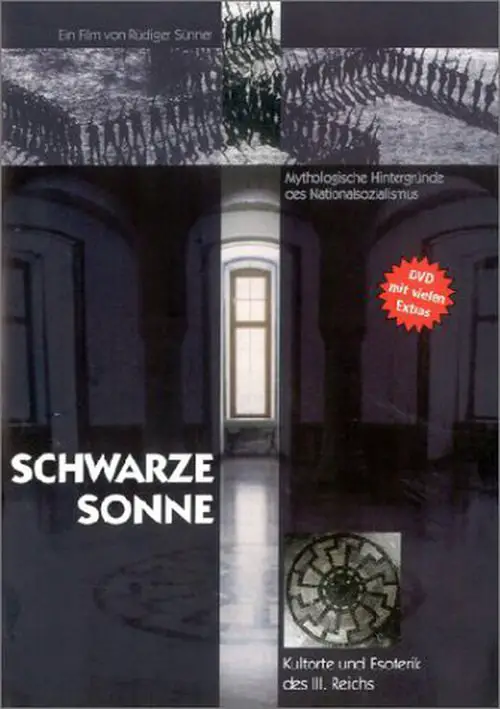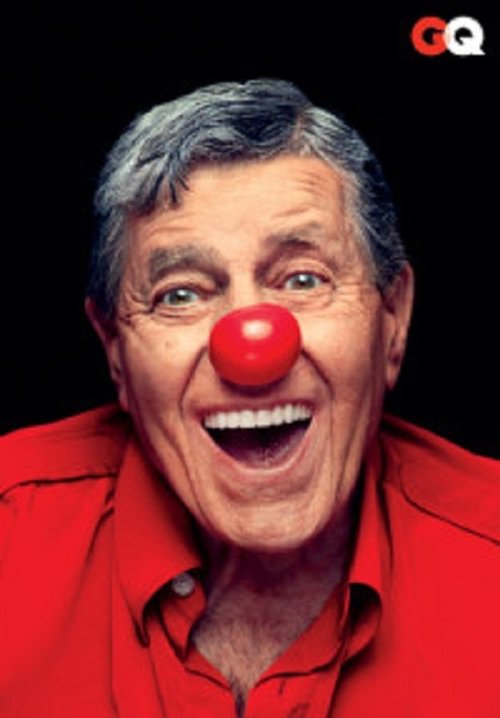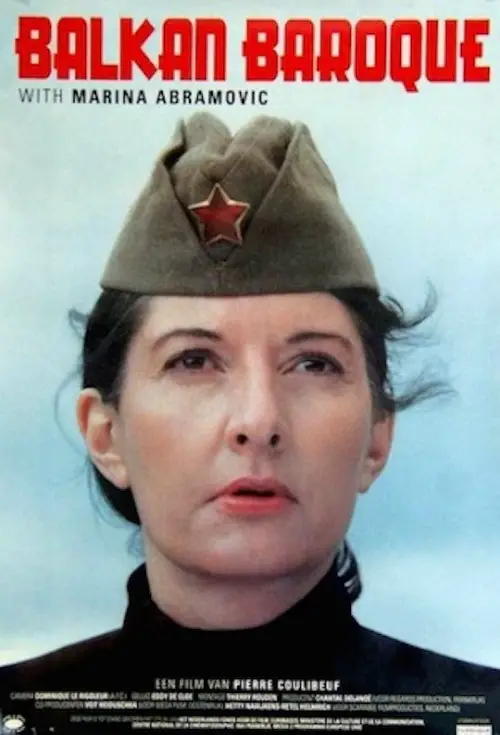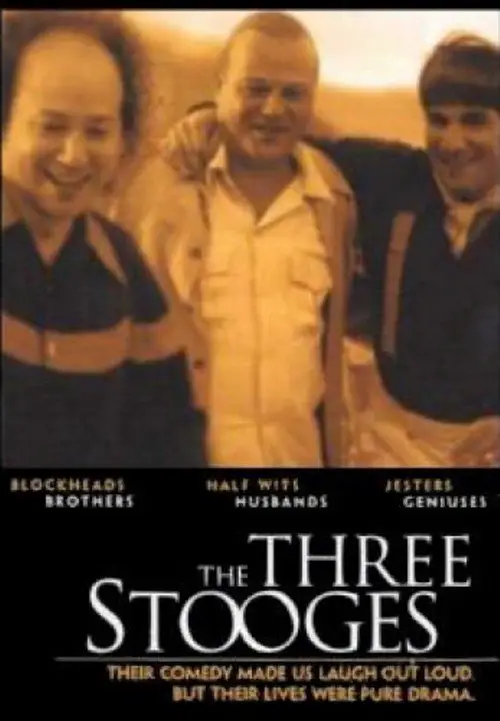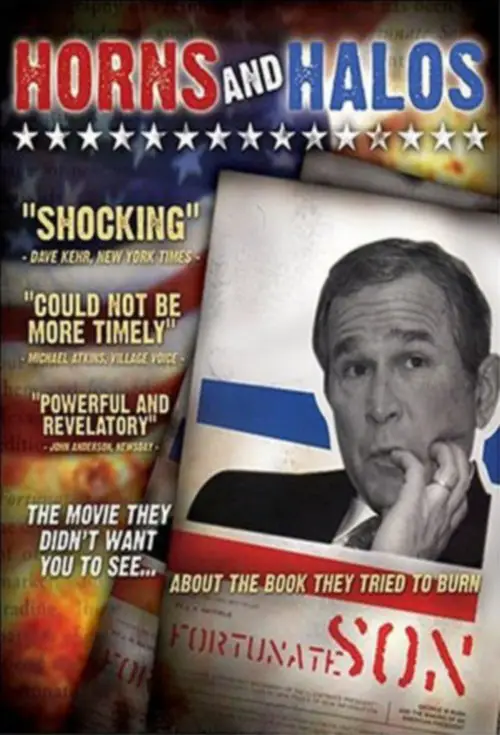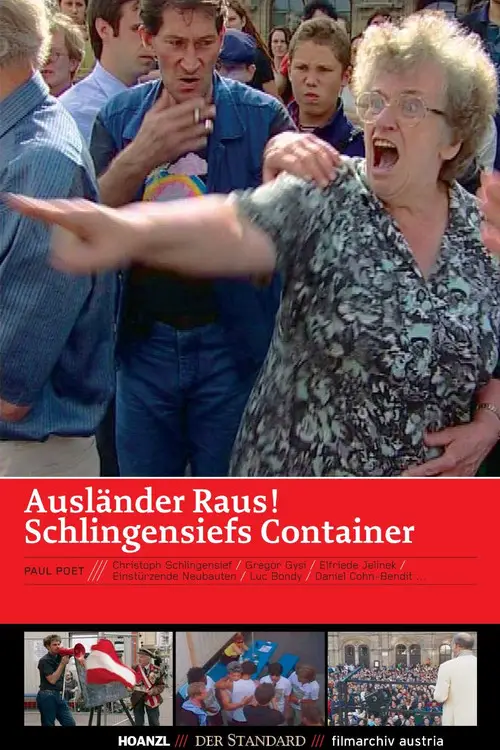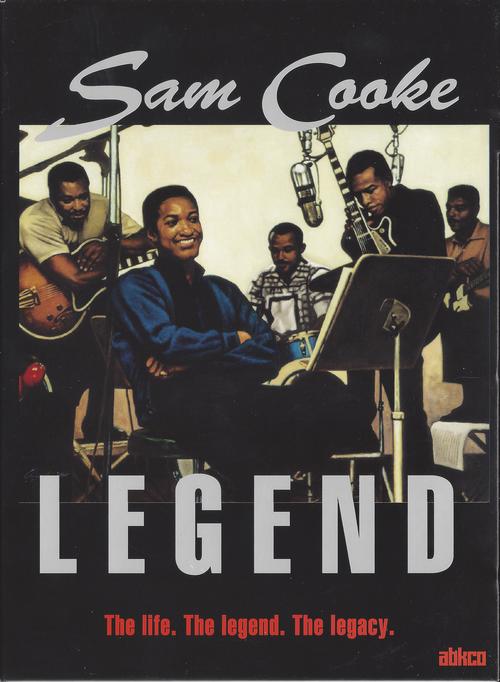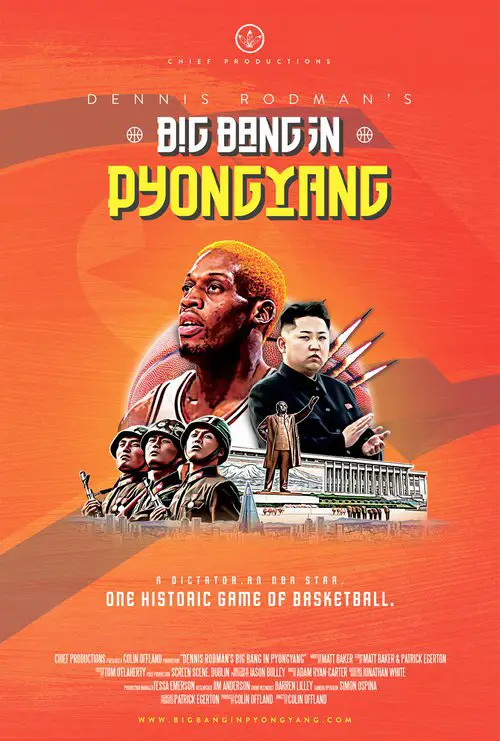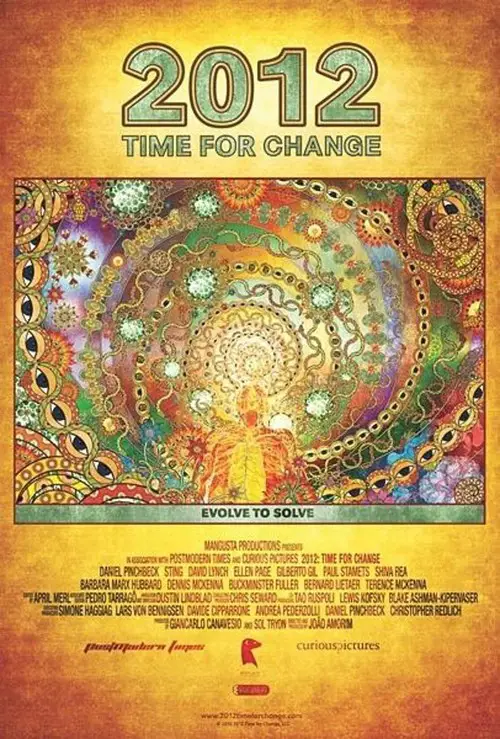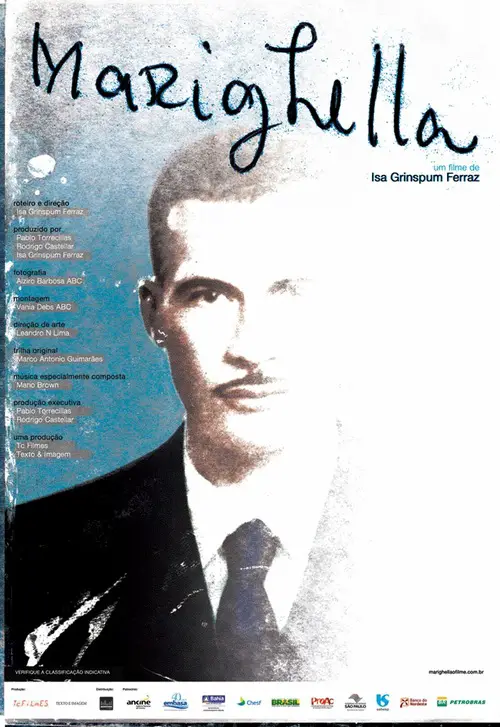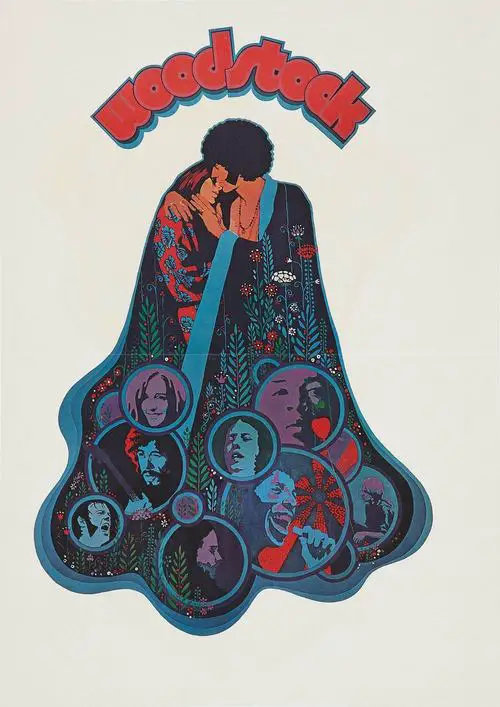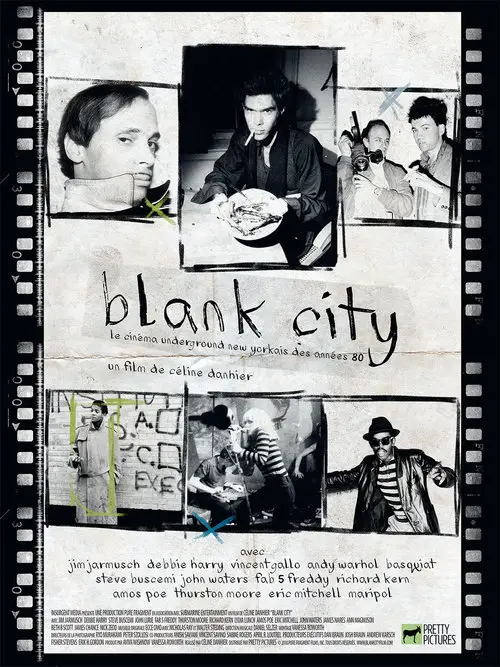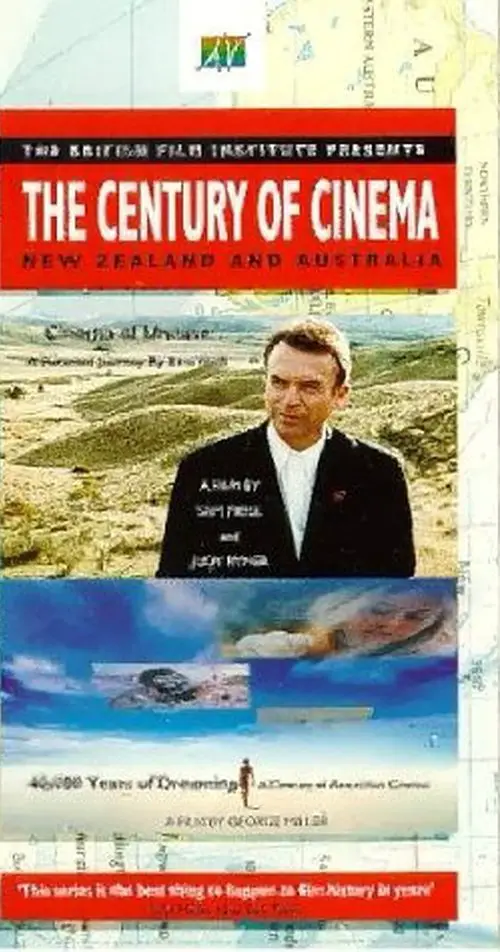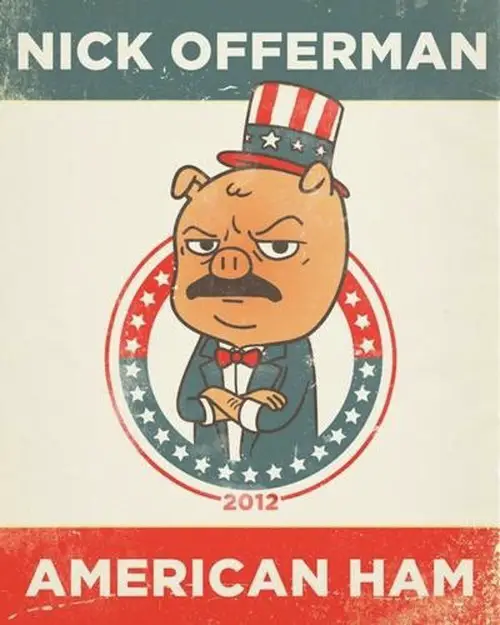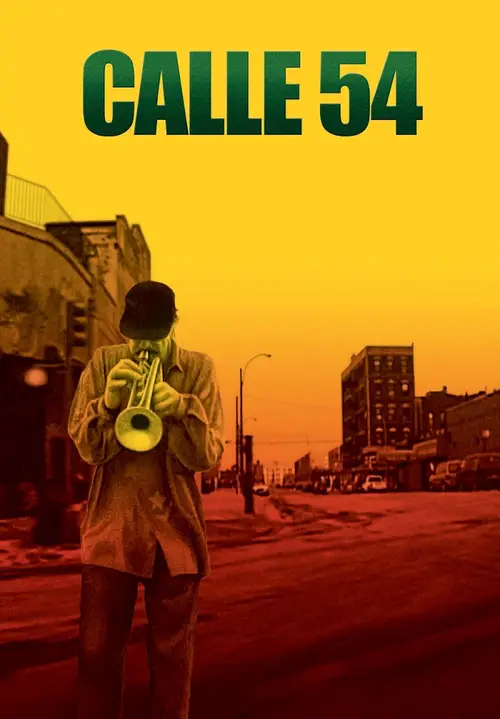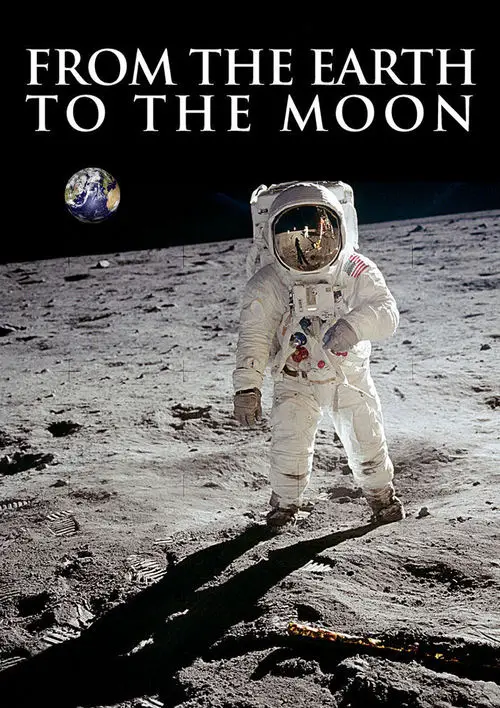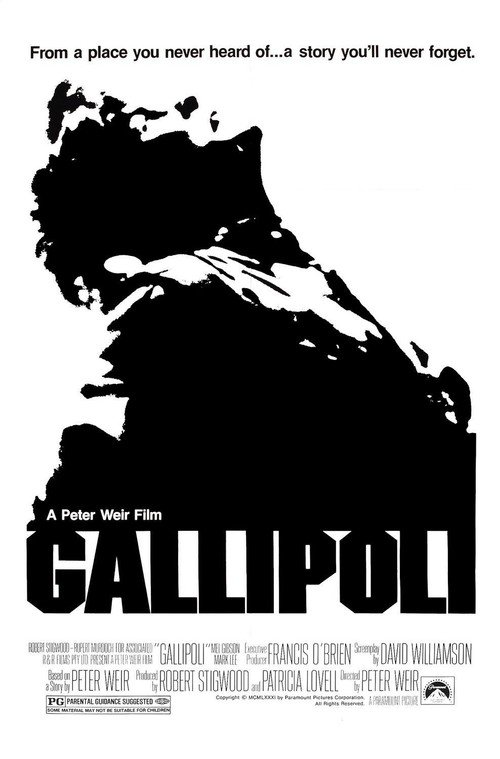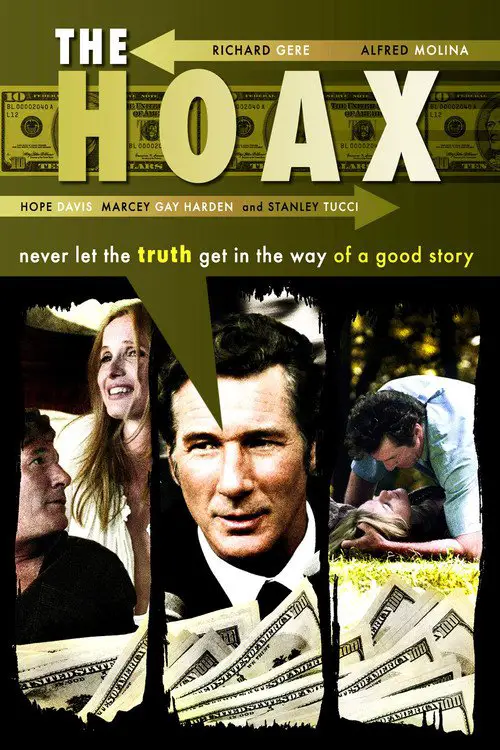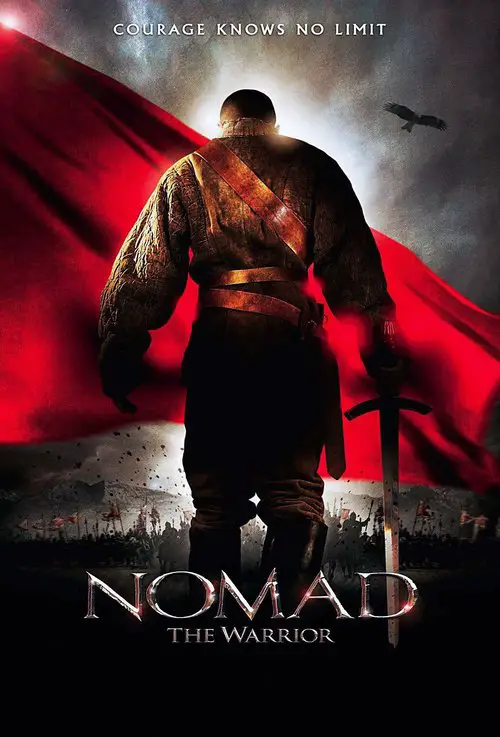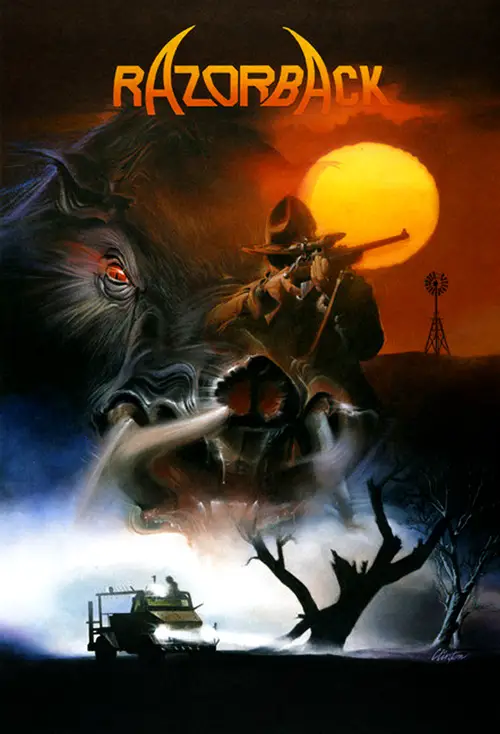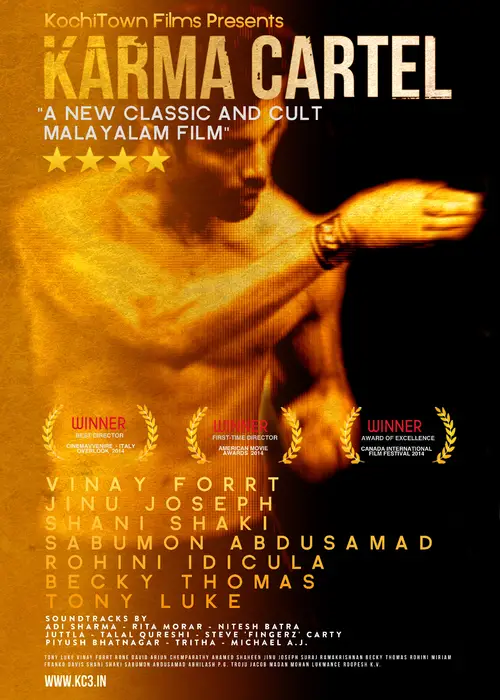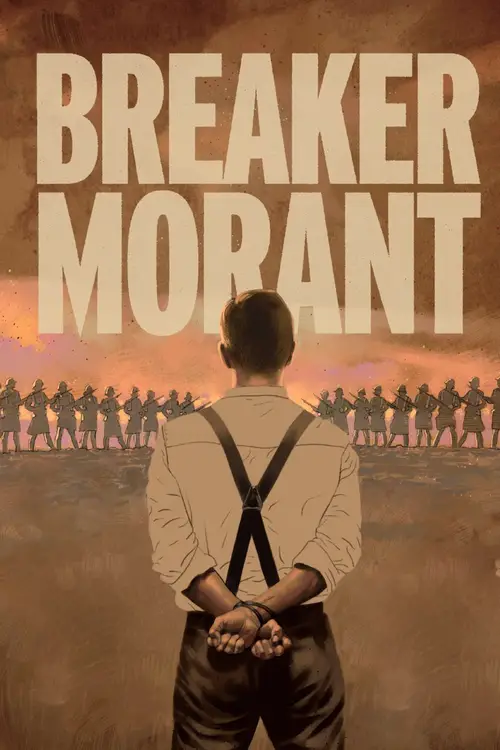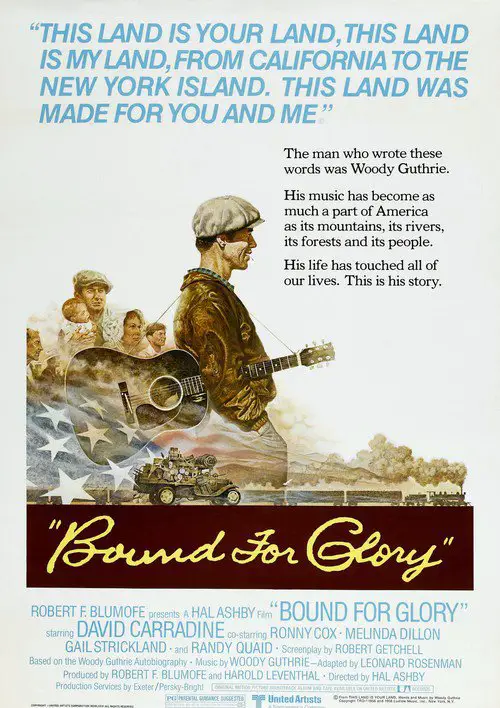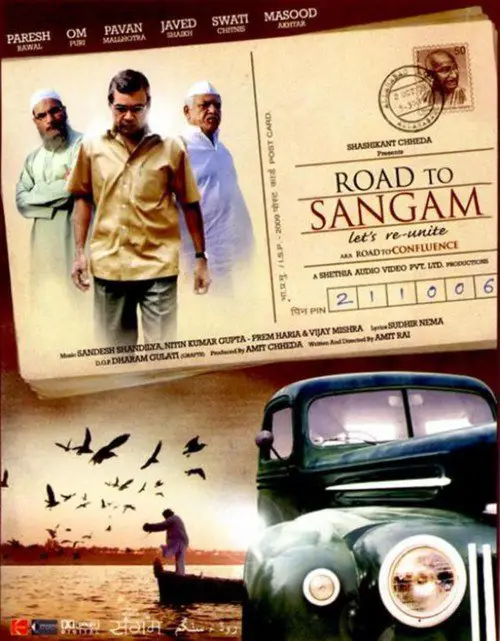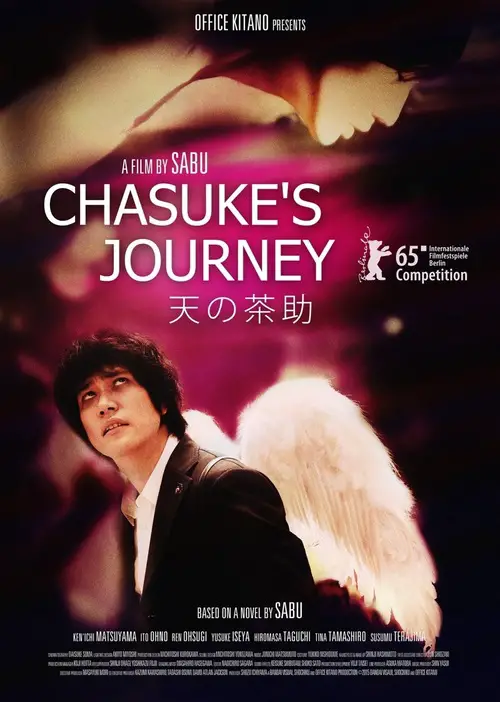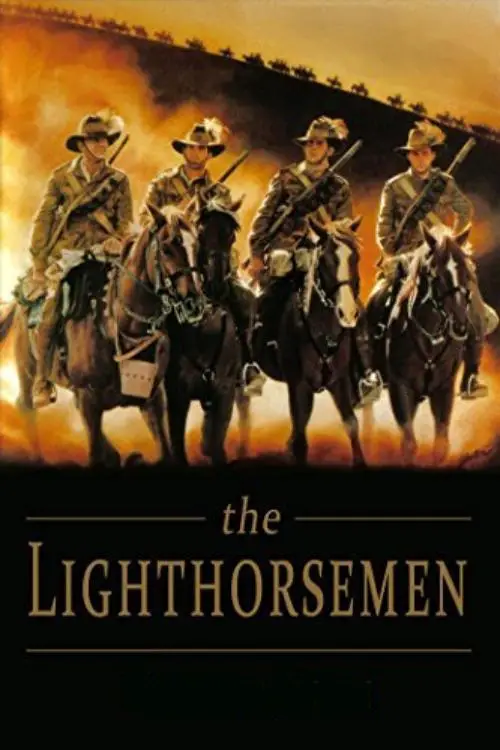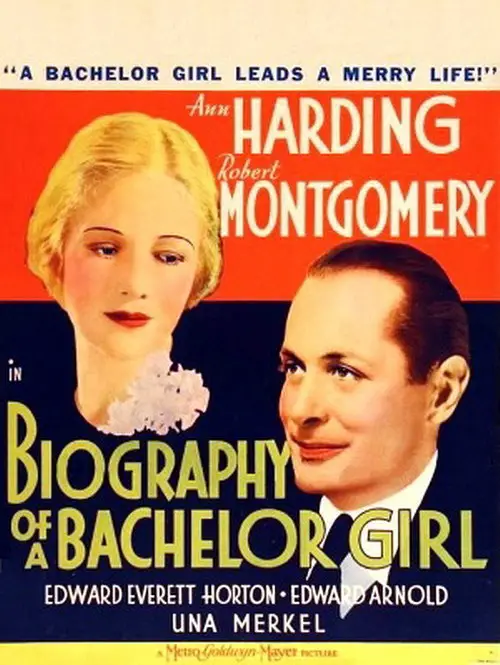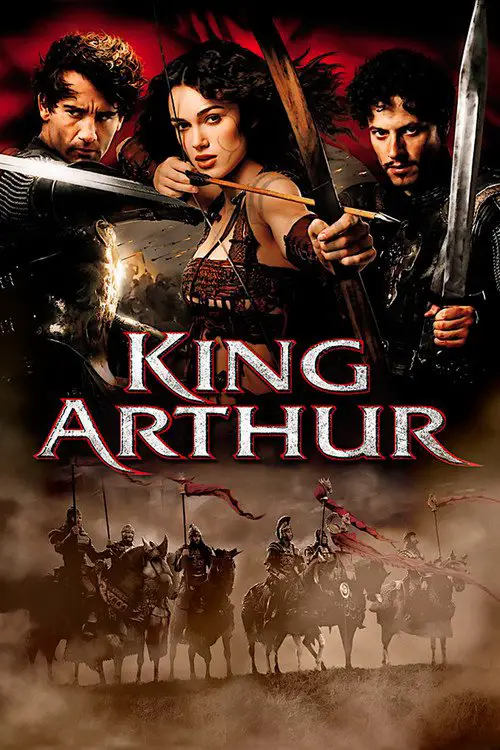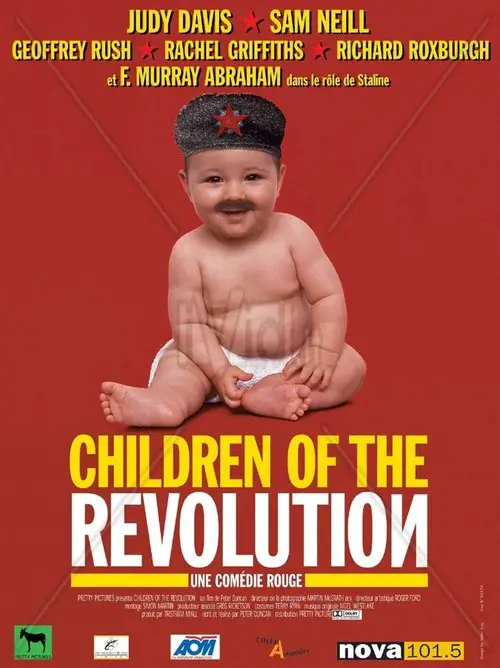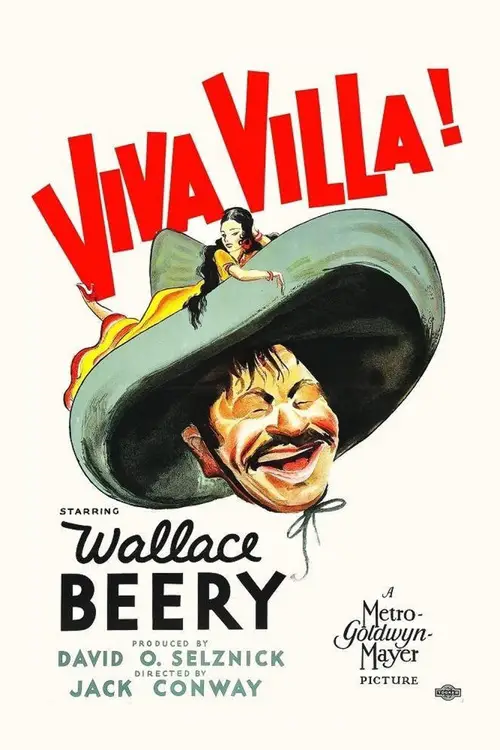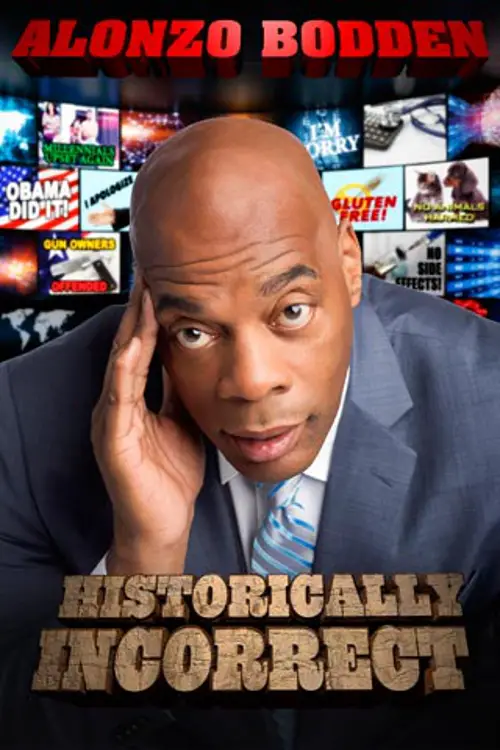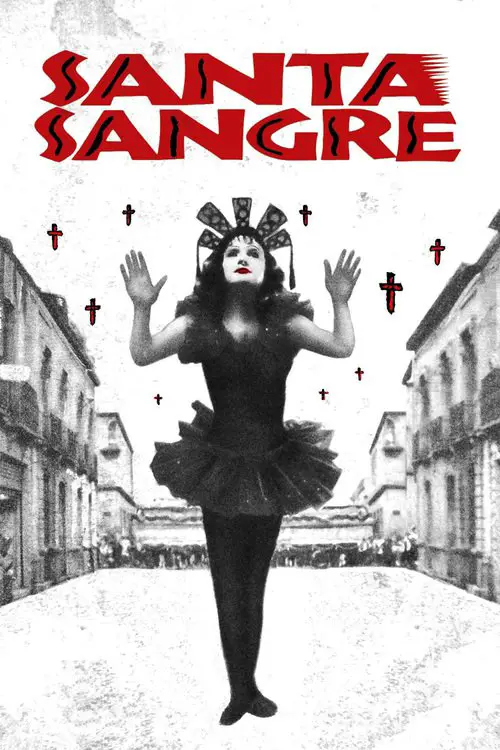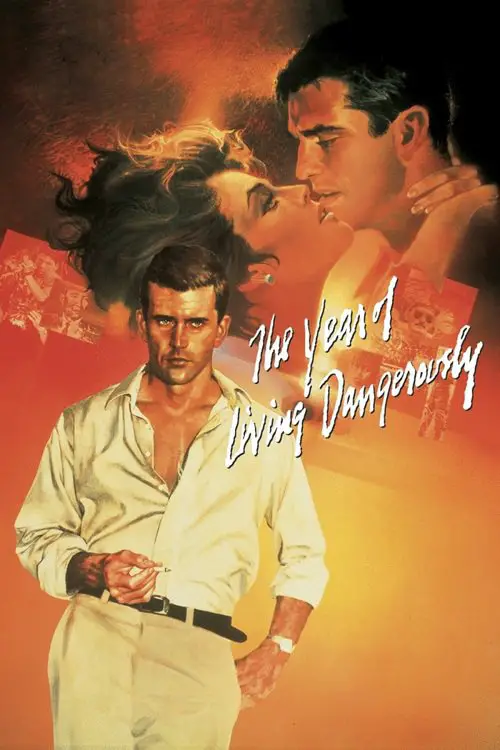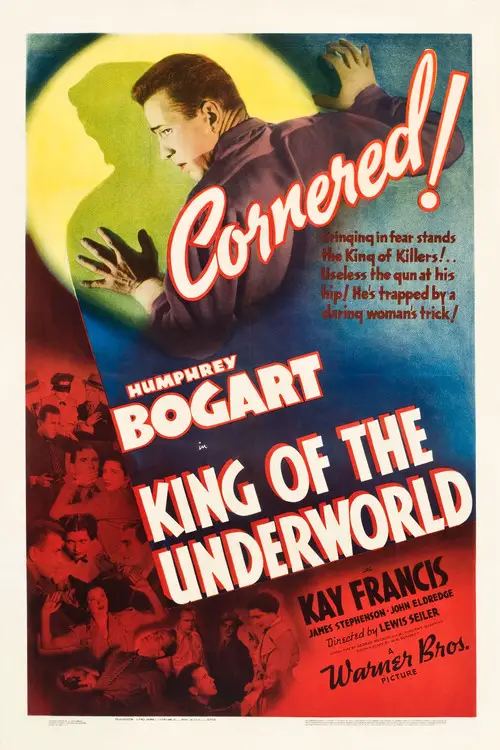The House That Eye Live In (2014)
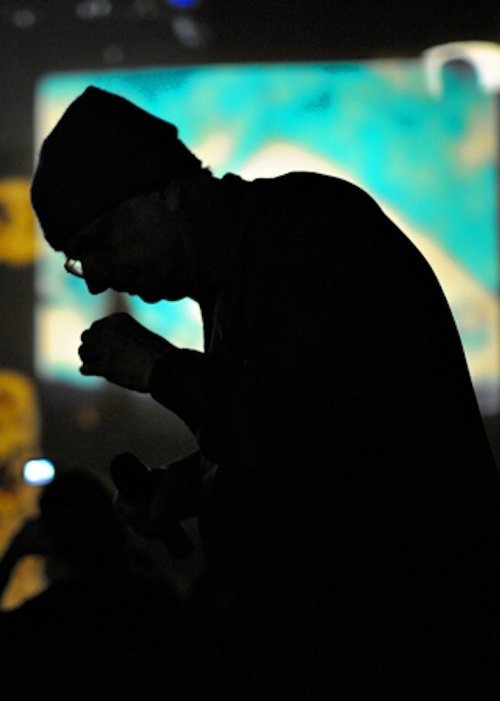
Similar movies
In 1964, when the New York Mets were regarded as little more than a punch line in major league baseball, the team moved into a brand new ballpark, Shea Stadium, which was to become their home for the next forty-four years. Shea Stadium was closed (in part to create more parking space for a new stadium, Citi Field), and on July 16 and 18, 2008, Billy Joel headlined the final concerts held at the stadium. Filmmaker Paul Crowder and a camera crew were on hand for Joel's shows, and the documentary THE LAST PLAY AT SHEA chronicles his historic two-night stand, as well as exploring Joel's career, his ties to working-class New York, and how his life and career paralleled the growth of suburban Long Island and the beloved ballpark.
How does art survive in a time of oppression? During the Soviet rule artists who stay true to their vision are executed, sent to mental hospitals or Gulags. Their plight inspires young Igor Savitsky. He pretends to buy state-approved art but instead daringly rescues 40,000 forbidden fellow artist's works and creates a museum in the desert of Uzbekistan, far from the watchful eyes of the KGB. Though a penniless artist himself, he cajoles the cash to pay for the art from the same authorities who are banning it. Savitsky amasses an eclectic mix of Russian Avant-Garde art. But his greatest discovery is an unknown school of artists who settle in Uzbekistan after the Russian revolution of 1917, encountering a unique Islamic culture, as exotic to them as Tahiti was for Gauguin. They develop a startlingly original style, fusing European modernism with centuries-old Eastern traditions.
Druga linija aka The Other Line is a product of many years of research of neo-avant-garde cultural and art scene in Novi Sad, Serbia (late 60s and 70s), which has been marginalized until today. This artistic movement was directly connected not only with important art centers of the former Yugoslavia, but also with existing flows of world art during its brief and productive activities (7e Biennale de Paris, 19th Berlinale). The cultural and artistic emancipation of that time had implied individual freedom of expression and strong reaction to established boundaries. This avant-garde movement had become threat to communist establishment, the authors' work were sabotaged, the films were sealed off, five artists were taken to trial, two were sent in prison. How is it that the retrograde mechanism of shutting down and removing the most creative and representative progressive impulses of our surrounding is still so current to this day?
As Australian cinema broke through to international audiences in the 1970s through respected art house films like Peter Weir's "Picnic At Hanging Rock," a new underground of low-budget exploitation filmmakers were turning out considerably less highbrow fare. Documentary filmmaker Mark Hartley explores this unbridled era of sex and violence, complete with clips from some of the scene's most outrageous flicks and interviews with the renegade filmmakers themselves.
Political commentator, author and filmmaker Dinesh D'Souza puts forth the notion that America's history is being replaced by another version in which plunder and exploitation are the defining characteristics. D'Souza also posits that the way the country understands the past will determine the future. Using historic re-enactments, D'Souza explores the lives and sacrifices of some of America's greatest heroes, including George Washington and Frederick Douglass.
The film about Max Bill (1908-1994) moves between the dynamic fields of art, aesthetics and politics. Max Bill was probably the most important swiss artist of the 20th century and the most famous student to come out of the legendary Bauhaus in Dessau. He was an ardent anti-fascist and all his avant-garde work as an artist, sculptor, architect and typographer showed a social responsibility and environmental awareness right through his life. His views have become incredibly topical.
Academy Award® winning director and master storyteller James Cameron journeys back to the site of his greatest inspiration, the legendary wreck of the Titanic. With a team of the world's foremost historic and marine experts and friend Bill Paxton, he embarks on an unscripted adventure back to the final grave where nearly 1,500 souls lost their lives almost a century ago.
"Touring makes you crazy," Frank Zappa says, explaining that the idea for this film came to him while the Mothers of Invention were touring. The story, interspersed with performances by the Mothers and the Royal Symphony Orchestra, is a tale of life on the road. The band members' main concerns are the search for groupies and the desire to get paid.
One of the greatest storytellers of our time, and arguably the greatest mythologist, Joseph Campbell spent most of his long, rich career explaining how ancient myths like the Heroâs Journey are relevant to modern life. In understanding the importance of myth as a vital, vibrant source of "mankindâs one great story," Campbell inspired others to embark on a quest for the meaning of myth in their own lives. This biographical portrait, filmed shortly before his death in 1987, follows Campbellâs personal questâa pathless journey of questioning, discovery, and ultimately of delight and joy in a life to which he said, "Yes."
Imagine a world where video games reign supreme. Five story buildings filled with arcade cabinets, old and new, inundate the streets. Welcome to downtown Tokyo, Japan. A place where the arcades of the 80s and 90s not only still exist, but thrive and have evolved into an elaborate, unmatchable gaming experience. 100 Yen is a historical documentary about the evolution of arcades and the culture surrounding it - from the birth of arcades to the game centers that still thrive today. With a predominant focus on the three major arcade genres, Shooting games, Fighting games and Rhythm games, 100 Yen explores the culture and evolution of arcades through the past and present. Featuring interviews with industry professionals, game programmers and designers, casual gamers and gaming icons from Japan, Canada, and the USA.
This unauthorized documentary flashes back to the incarnation of Marilyn Manson and the Spooky Kids and chronicles their controversial trials and tribulations. Included are shocking, first-hand testimonials and outrageous home video from those who were closest to Brian Warner (a.k.a. Marilyn Manson) in his local band-based town of Ft. Lauderdale. This title carries a parental advisory.
The Real Bruce Lee is a martial arts documentary. It begins with a brief biography of Bruce Lee, and shows scenes from four of his childhood films, Bad Boy, Orphan Sam, Kid Cheung, and The Carnival, each sepia-toned and dubbed to English. Next, there is a three-minute highlight reel of Lee imitator Bruce Li. Finally, there is a feature-length film starring Lee imitator Dragon Lee, which is obviously modeled after Bruce Lee's Fist of Fury.
Thom Andersen's remarkable and sadly neglected hour-long documentary adroitly combines biography, history, film theory, and philosophical reflection. Muybridge's photographic studies of animal locomotion in the 1870s were a major forerunner of movies; even more interesting are his subsequent studies of diverse people, photographed against neutral backgrounds.
A historical analysis of how groups such as the Naziâs may use language, symbols, and religious connotation in order to come to power. It raises questions that deserve in depth analysis and consideration. Questions include: Where do legends expand our thinking and where do they bury it? When does spiritual pursuit suddenly turn into fanaticism and violence? Last, have we as a society learned from our past, and if so have forgotten the lessons of the 20th Century? Are we now embarking on a new level only to learn the same old lessons about humanity again? In addressing these questions we are taken into the back drop of the history of Germany beginning in the late 1800âs through the late 20th Century at the eve of the 21st. âA society that does not take archetypes, myths, and symbols seriously will possibly be jumped by them from behind.â
Balkan Baroque is a real and imaginary biography of the Yugoslavian performance artist Marina Abramovic. Rather than a mechanical reproduction of the artist's work, the film tries to create a new reality by translating the performances into cinematographic images that intensify the fictional context of the film. Abramovic plays herself, but ,appearing in multiple forms, blurs her own identity. Memories and fantasies intermingle with day to day rituals. The chronological narrative often breaks to reflect the interior voyage of the protagonist from the present to the past and back to the present. The result is a visually impressive film. Balkan Baroque had its world premiere at the International Film Festival Rotterdam, 1999.
FOREIGNERS OUT! SCHLINGENSIEFS CONTAINER is a thrilling, insightful, funny chronicle and reflection of one of he biggest public pranks and acts of art terrorism ever committed. Austria 2000: Right after the FPà under Jörg Haider had become part of the government, the first time an extreme right wing party became state officials after WW2, infamous German shock director Christoph Schlingensief showed a very unique form of protest. Realising public xenophobia and the new hate politics in the most drastic ways possible, he installed a public concentration camp right in the middle of Vienna's touristic heart, right beside the picturesque opera where hundreds of tourists and locals pass by daily. And it was no concentration camp you had ever feared to return from the old times, but one that cynically reflected our new multimedia culture. Satirising reality TV shows, "Big Brother" especially, a dozen asylum seekers were surveilled by a multitude of cameras, could be fed and watched by.
Singer, songwriter, business man, family man, civil rights activist: Sam Cooke transcends all barriers of race, faith and talent. This first-ever biography of the definitive soul singer looks at his extraordinary career and personal life - from his gospel-singing roots through his R&B and pop music career.
Dennis Rodman is on a mission. After forging an unlikely friendship with North Korean leader Kim Jong-un, he wants to improve relations between North Korea and the US by staging a historic basketball game between the two countries. But the North Korean team isn't the only opposition he'll face... Condemned by the NBA and The Whitehouse, and hounded every step of the way by the press, can Dennis keep it together and make the game happen? Or will it go up in a mushroom cloud of smoke? For the first time, discover the true story of what happened when Dennis Rodman took a team of former-NBA players to North Korea and staged the most controversial game of basketball the world has never seen.
Biggest name left militancy in Brazil '60s, Carlos Marighella served in the main political events in Brazil between 1930 and 1969 and was considered the # 1 enemy of the Brazilian military dictatorship. Communist leader victim of prison and torture, parliamentarian, author of the world translated "Manual of the Urban Guerrilla," his life was a great act of strength and courage. Directed by his niece Isa Grinspum Ferraz, the feature Marighella is a historic building and affective this man who dedicated his life to thinking about Brazil and transform it through its action.
An intimate look at the Woodstock Music & Art Festival held in Bethel, NY in 1969, from preparation through cleanup, with historic access to insiders, blistering concert footage, and portraits of the concertgoers; negative and positive aspects are shown, from drug use by performers to naked fans sliding in the mud, from the collapse of the fences by the unexpected hordes to the surreal arrival of National Guard helicopters with food and medical assistance for the impromptu city of 500,000.
Take a trip back to a time when New York City wasn't all glitz and glamour as filmmaker Celine Danhier offers a look at the birth of "No Wave Cinema" and the vibrant art scene that exploded out of the East Village in the late '70s. In the years before Ronald Reagan took office, Manhattan was in ruins. But true art has never come from comfort, and it was precisely those dire circumstances that inspired artists like Jim Jarmusch, Lizzy Borden, and Amos Poe to produce some of their best works. Taking their cues from punk rock and new wave music, these young maverick filmmakers confronted viewers with a stark reality that stood in powerful contrast to the escapist product being churned out by Hollywood. ~ Jason Buchanan, Rovi
Australian born film maker George (Mad Max) Miller offers a personal view of Australian films. He suggests that they can be regarded as visual music, public dreaming, mythology, and song-lines. In extrapolating the idea of movies as song-lines he examines feature films under the following categories : songs of the land ; the bushman ; the convicts ; the bush-rangers ; mates and larrikins ; the digger ; pommy bashing ; the sheilas ; gays ; the wogs ; blackfellas ; urban subversion. He then concludes that these films can be thought of as "Hymns that sing of Australia
Tom Hanks, Imagine Entertainment and HBO present From the Earth to the Moon, the dramatic story of the unforgettable Apollo missions and their heroic astronauts, from President John F. Kennedy's historic speech, through the first manned expeditions into space, to the defining moment of the space program - putting a man on the moon. "One small step for man...one giant leap for mankind." Powerfully told as never before through the unforgettable performances of Cary Elwes, Sally Field, Chris Isaak and many more, these are the stories of the men, women and children who lived, breathed and manufactured from the power of human will one of the greatest achievements in the history of mankind.
As World War I rages, brave and youthful Australians Archy and Frank, both agile runners, become friends and enlist in the Australian and New Zealand Army Corps together. They later find themselves part of the Dardanelles Campaign on the Gallipoli peninsula, a brutal eight-month conflict which pit the British and their allies against the Ottoman Empire and left over 500,000 men dead.
In an urban Indian city, A struggling actor battles for his career, but his friend who loses money in a scam deal commits an action that puts both of their lives in danger. The three last days before the incident follows the struggling actor, an ambitious filmmaker, a wannabe hustler, an opportunist, a lover and two cinephile thugs, through an inter-twining vignette of their lives.
During the Boer War, three Australian lieutenants are on trial for shooting Boer prisoners. Though they acted under orders, they are being used as scapegoats by the General Staff, who hopes to distance themselves from the irregular practices of the war. The trial does not progress as smoothly as expected by the General Staff, as the defence puts up a strong fight in the courtroom.
A simple story of a God fearing, devout Muslim mechanic named Hasmat Ullah who has been entrusted the job of repairing an old V8 ford engine, not knowing the historic significance that it once carried the ashes of Mahatma Gandhi which were immersed in the holy river Sangam. He is caught in a complex situation after a powerful bomb explosion rocks his town leading to the arrest of innocent Muslim youths of his locality. A strike to work is called by the prominent Leaders of his community to protest against the unjust treatment meted out to those arrested youths by the police. Will he support the protest and abandon the repair of the engine or go against the wishes of his community. Thus begins his journey.
Things are hectic in heaven. Dozens of scribes sit before a long scroll incessantly scribbling away. They are composing the biographies of earth-dwellers. What is invented by the men in heaven is lived out below. And their employer, God, is increasingly vehement in demanding avant-garde ideas. Take, for example, the beautiful Yuri, a girl who dies in a car crash. Some of the heavenly scribes find this very dull and send former gangster Chas, who has become a heavenly tea-boy, back down to earth with instructions to save Yuri no matter what. And so Chas ends up in Okinawa, gets to know the earth-dwellers, interferes in their fates, becomes celebrated as 'Mr Angel' and is hounded by brutal enemies. His falling in love with Yuri is of course a foregone conclusion. But no one could anticipate what happens next. Not even God himself
Palestine, 1917. The British advance has been stopped by the Turkish line running from Gaza to Beersheba. The latest attack on Gaza has failed. The attacking forces included a regiment of Australian mounted infantry, the Light Horse... Lighthorseman Frank is wounded in a skirmish with Bedouin. He is replaced by a young soldier, Dave, who proves to be a crack shot, but reluctant to fire at the enemy. Dave proves himself during a German biplane attack. Recuperating in hospital, he meets a sympathetic nurse, Anne... The regiment is called upon for a bold flanking attack on Beersheba. But how do you convince the Turks the main attack will come at Gaza? And how do you attack across a desert without water?
Everyweek Newsmagazine editor Richard Kurt pursues psuedo-portait artist Marion Forsythe on her arrival from Europe after painting (and possibly being involved with) notables all over the continent. He convinces her to write her biography as a feature for his magazine. An old "beau" of hers also looks her up in New York; he is running for U.S. Senator from their home state, and is engaged to an influential publisher's daughter.
This 2004 version of the Arthurian legend is different from the traditional, as it is loosely based on the "Sarmatian hypothesis", formulated by C. Scott Littleton and Ann C. Thomas in 1978, which holds that the Arthurian legend has a historical nucleus in the Sarmatian heavy cavalry troops stationed in Britain, and that the Roman-British military commander Lucius Artorius Castus is the historical person behind the legend.
A young man is confined in a mental hospital. Through a flashback we see that he was traumatized as a child, when he and his family were circus performers: he saw his father cut off the arms of his mother, a religious fanatic and leader of the heretical church of Santa Sangre ("Holy Blood"), and then commit suicide. Back in the present, he escapes and rejoins his surviving and armless mother.
Niles and Carol Niles are married doctors who save one of ganglord Gurney's men. Gurney exploits them, then kills Niles leaving Carol to take the fall. He next kidnaps writer Bill Forrest to write his biography. Knowing Bill will be killed when the biography is finished, Carol takes matters into her own hands.
© Valossa 2015–2026
| Privacy Policy
